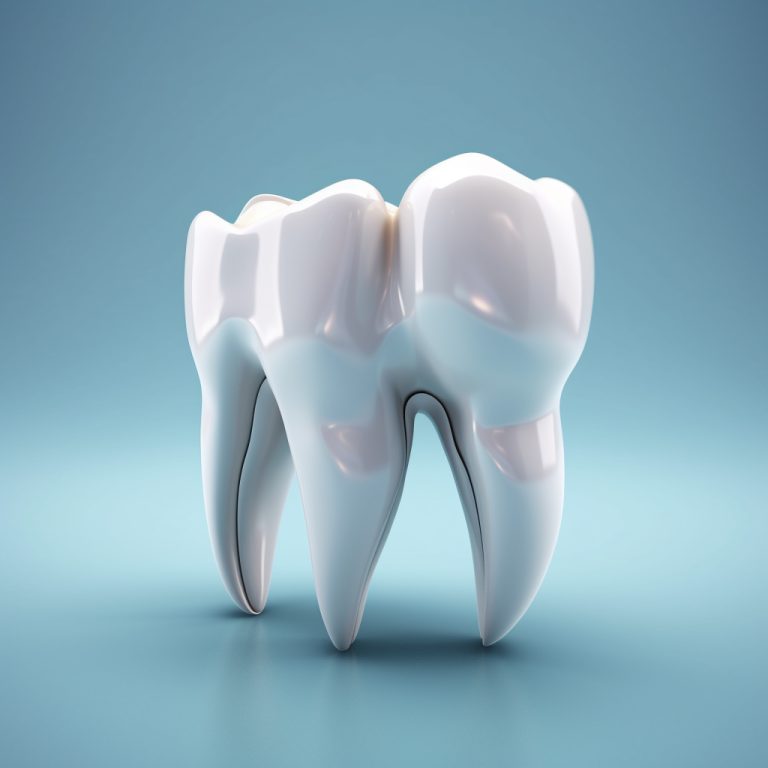Going to the dentist is something that many people dread, with some studies finding up to 75 percent of individuals being afraid of going to the dentist because of some form of dental phobia. Dental phobia could be a result of childhood experiences at the dentist, or could develop later in life due to a bad experience or due to any change in the patient’s medical history. Because of this, more and more people are interested in seeking general anaesthetic for dental treatment.
Anaesthetists are highly qualified medical doctors specialising in the field of administering anaesthesia. Anaesthetists and dentists trained to provide treatment under general anaesthesia collaborate to look after patients who require treatment while put to sleep. Patients may be put to sleep in order to produce safe and predictable surgical operational conditions, and to avoid inflicting pain and anguish to patients during dental treatment. It is often utilised for more extensive treatments, such as the extraction of wisdom teeth.
Getting general anaesthetic for dental treatment is usually a day surgery procedure, that is, patients do not need to stay overnight at a hospital. Prior to the proposed surgery date, patients would have had a consultation with the dentist providing the treatment under general anaesthesia to discuss a treatment plan. On the day of the surgery, the anaesthetist will assess the patient to ensure that the patient is fit and ready for general anaesthesia. The anaesthetist will explain the procedure and answer any of the patient’s concerns. Patients who are extremely nervous may be administered happy gas before given drugs intravenously that induces general anaesthesia. As the patient drifts off to sleep, a tube will be placed to preserve the patient’s airway during the dental procedure. The patient will be in a total state of unconsciousness for the period of time required to complete the dental work. During this time, a team consisting of the dentist, anaesthetist, registered nurses and support staff are actively involved in the patient’s care.
Upon completion of the procedure, patients usually rouse in about thirty minutes but are continued to be monitored in a recovery ward and only discharged when ready which could take a few hours. Patients are not allowed to drive 24 hours after a general anaesthesia and making any major decisions or signing legal documents are discouraged during this time. Strong painkillers may also be prescribed to be used post-operatively that may cause drowsiness. The staff from the dental practice will usually give a patient a call the day after the procedure and book the patient in for a review. The patient will usually need to eat soft foods and may need his or her bite adjusted if dental fillings or dentures were placed.
General anaesthesia for dental procedures is an invaluable service provided by a team of specially trained medical professionals to assist patients whom may not be able to access dental care and treatment otherwise. Getting general anaesthetic for dental work is increasingly sought after and utilised these days.



